Some plants stay hidden until they fruit, or go showy in the fall like the Horsemint. No matter how many times I see the Tallow Plum it is always a surprise. Without fruit it kind of hides, blends in. But this time of year the
bright yellow fruit is difficult to miss. Indeed, foraging is much like dating: A good part of success is knowing where to look. Dry scrubby places with oaks and pines — and near the coast helps — is where you will find the Tallow Plum. There’s usually some large tree nearby, oak or pine, and it will be an understory shrub fighting for space. The fruit are so yellow they almost yell danger but I’ve never heard of any allergies. They are … tangy, not red-plum sweet and not as acidic as an orange. Flavorful, a good candidate for a sauce for oily meat such as duck or goose. Note the fruit harvested off the ground are slightly more orange and sweet than the yellow ones still left on the shrub. To read more about the Tallow Plum go here.
Are the berries to the right edible or not? Ninety-nine plus percent of white berries are not edible. White berries are a huge warning flag saying stay away. But there are exceptions. I can think of a few wild white berry species in the world that are edible, some in North America and one in Africa. But what of the berries pictured right? They are white American Beautyberries. Usually they are magenta when ripe. These are stark white. I have eaten a few. They taste like the colored ones. A few years ago I had a woman in New Jersey write to me and report she eats them all the time and makes jelly out of them. That’s not an official endorsement but it is about as close as one can get to knowing if they are edible. There are at least four species of Beautyberries that can spontaneously produce white berries, and there might be a man-made cultivar or two. The berries probably are not bad but I would approach with caution. We had a discussion about them on the Green Deane Forum recently. To read more about them click here.
This is also a good time of year to find sumac berries. The most common one locally and the one most found most widely dispersed throughout North America is the Winged Sumac, Rhus Copallina. Sumacs are fairly easy to identity because of their terminal cluster of garnet-colored berries. Acid on the berries can be used to make a lemonade then the dried berries can be ground up for a spice. A lot of folks are justly concerned about Poison Sumac. However, Poison Sumac has off-white to light green berries and they grow on stems near the main trunk of the shrub. Also you have to be in wet spots to find Poison Sumac and the leaves are a different shape. To read about the Sumacs go here.
The grain pictured right, Uniola paniculata, is edible though it does not produce a lot of seed. It is also protected. It’s not protected because it is rare. In fact it’s very common. But the plant’s roots helps keep Florida’s coastal dunes in place thus Sea Oats are protected. These were seen growing in Melbourne, Florida, near Patrick Airforce Base. I have known some folks to grow Sea Oats in their backyard as a long-lived perennial grass. They are very drought tolerant and highly regarded by browsing animals, such as deer, but are lowly regarded by grazing animals such as cows. As Sea Oats are protected you might want to find a similar looking relative in the forests of Florida. They are called… Wood Oats... not too imaginative. Wood Oats are edible as well, and not protected. Use them as you would cultivated oats. To read about Sea Oats click here.
Cactus represent one of those foraging species totally ignored by most people because they think cactus does not grow near them. In fact, cactus are native to 46 of the 50 states. Most of them used to be all in one genus, Opuntia, but now many are in the genus Nopales. Species in both genera have pads and NO white sap. Those are the two key elements you want to look for: Pads and no white sap. Younger pads are better than older pads in that they are usually tender and have less spines to contend with. A third genus that produces edible fruit is Cereus. And the four states you think cactus are not native to is probably wrong. They are native to Alaska. Got you on that one. They are not native to the ones most distant from the southwest: My native state of Maine as well as New Hampshire, Vermont and Hawaii (though they have been introduced to the Aloha state.)
Upcoming foraging classes with Green Deane:
Sunday, Oct 11th, Jervey Gantt Recreation Complex, 2390 SE 36th Ave., Ocala, 34471. 9 a.m
Sunday, Oct 18th, Florida State College, south campus, 11901 Beach Blvd., Jacksonville, 32246. 9 a.m.
Sunday, Oct. 25th, Dreher Park, 1200 Southern Blvd., West Palm Beach, 33405, 9 a.m.
Sunday, Nov. 1st, Bayshore Live Oak Park, 23000 Bayshore Rd., Port Charlotte, FL 33980, 9 a.m.
Sunday, Nov. 8th, John Chestnut County Park: 2200 East Lake Road, Palm Harbor, FL 34685, 9 a.m.
To learn more about the classes go here.
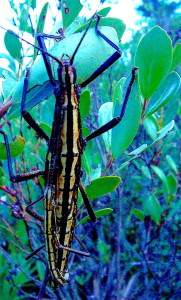
These mating “walking sticks” are not edible but the plant they are on makes a nice tea. You would know that if you read the Green Deane Forum.
Want to identify a plant? Perhaps you’re looking for a foraging reference? You might have a UFO, an Unidentified Flowering Object, you want identified. On the Green Deane Forum we — including Green Deane and others from around the world — chat about foraging all year. And it’s not just about warm-weather plants or just North American flora. Many nations share common weeds so there’s a lot to talk about. There’s also more than weeds. The reference section has information for foraging around the world. There are also articles on food preservation, and forgotten skills from making bows to fermenting food. Recent topics include: An Odd Pine, Guini Wasps, Vine? 3 TX UFO’s, Shrub In High Desert, The Power of Play, Pandanus candelabrum, Rainforest UFO, Crazy Ants, and Moringa Oleifera. You can join the forum by clicking on the button on the upper right hand side of this page.
This is weekly newsletter 178. There wasn’t a newsletter last week because this writer takes every fifth Tuesday in a month off. Incidentally, clicking on ads even if you don’t follow through helps to pay for the site and weekly newsletters .
To donate to the Green Deane Newsletter click here.

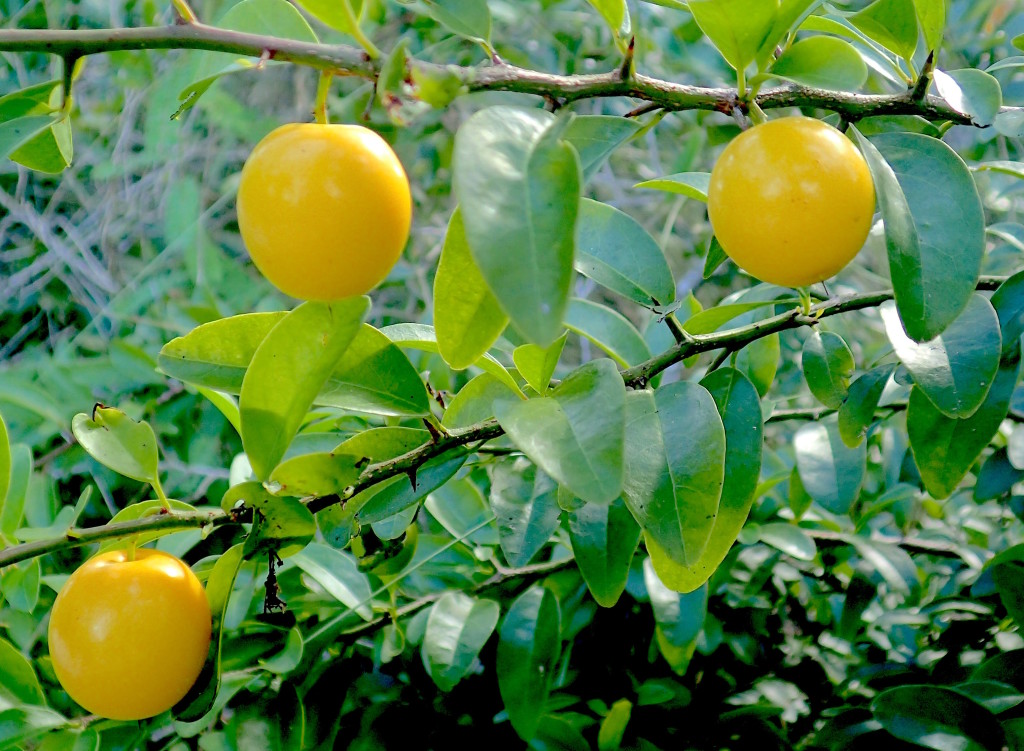
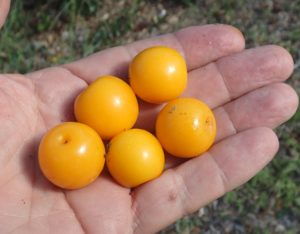
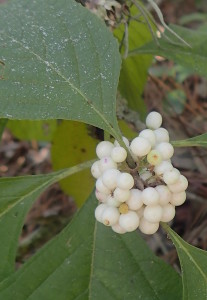
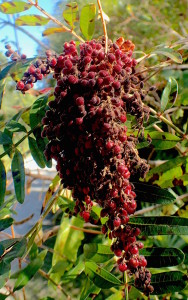
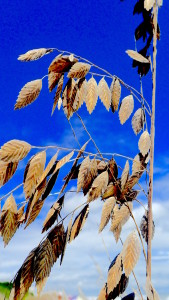
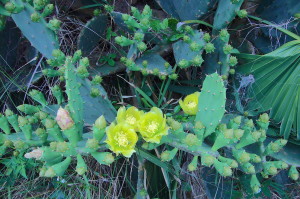
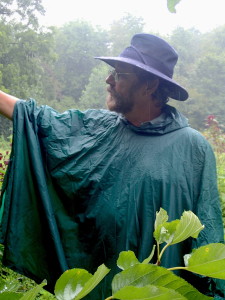

Old age finally caught up with me – so, since I don’t navigate too well, I no longer forage. But I can still remember mom teaching us in the 30’s and 40’s (in Maine and N.J) and later in Melbourne, Fla., where she later moved. Later, I taught myself what was available in CA, WA, AZ, TX, and OR. I am back in AZ, where I’ll stay. Your newsletter is very nostalgic – I’m enjoying it.
Thanks…
Hi Deane!
Thanks for your newsletter, I really look forward to reading each week..
I live is SC are the Sumac berries still ok to use at this stage? or have they gone past their peak.. all the ones i find are sort of sad looking and brownish..
Even when sad and brownish, if you can still taste tart they are still good to use and will stay good through the winter.
also, are tallow plums here is Charleston, SC? I’ve never come across one!
Sorry, the are local.
Gosh, those tallow plums look delicious! Even if they weren’t that tasty, they still look it.
We are eager to receive the useful informative Eattheweeds. After finishing touring the United Arab Emirates, I’m now back home foraging around my dwelling in Khartoum North – Kafouri area. I’ve found, as expected, an unusual deadly dry “ rainy “ season. It was so dry that shepherds of Blue Nile State – one of the famous areas normally having intense rainy seasons – have migrated with 5 million of cattle towards Southern Sudan in search of fodder. However, on foraging not far from where I live I’ve found a plant about one and a half feet high blooming with yellow flowers without petals. Water leaking from a nearby pipe has nourished it . According to my investigation, and tentatively, the candidate is Wild Chamomile. Ironically I’ve spent much time and effort looking for domesticated Chamomile in the Emirates to grow in my garden. Finally I’ve obtained the raw flower from the Iranian Market at Neife Centre of Dubai. I must say that I’ve now succeeded in growing Chamomile from raw flowers as well as from tea bags.
Concerning Ximeria Americana, I should like to add to the cosmetic use you’ve mentioned of the oil, that a factory has been established in a forest in Namibia for its extraction from the seed. That has been reported by Lytton who has also witnessed the occurrence of the plant in Sudan among other tropical west African countries [Ref. : Lytton John Musselman, the Newsletter of the Southern Appalacian Botanical Society vol. 22 ( 3 ), 2014.]